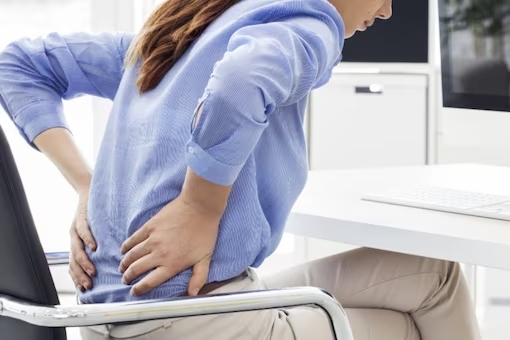Lower back pain can be a chronic issue if ignored and not treated in time. Nowadays, lower back problems are becoming more common. Extended work hours and a sedentary lifestyle cause spinal discs and back muscles to be perpetually stressed. Other factors such as sports-related accidents, overuse injuries, and congenital spinal issues can also cause persistent back pain among children and young adults. Back pain is also considered a symptom of any severe unrelated health condition like kidney issues or tumours. When back pain becomes unmanageable, it can feel like you have no other choice than surgery.
The good thing is that there are ways through which you can manage intense back pain without surgery.
EXERCISE
Getting up or moving becomes difficult during back pain, but you need to get your muscles moving. Try going for yoga, swimming, aerobics, or water aerobics. These are low-impact activities and will definitely help in relieving your back pain. The sooner you start your exercise routine, the better you will be able to strengthen your back muscles. Exercising helps you loosen tense muscles and releases a natural pain reliever from your brain called endorphins. You can start with a daily exercise routine, including training and stretching to make your muscles flexible and strong.
HEAT AND ICE
Using a hot and cold compress is a prevalent back pain relief method. You can pick whichever works better for you. Normally, ice is considered good for swelling or inflammation in the back. But heat may be better during back pain as it relaxes stiffness from the muscle. You can use both alternatively to get the benefits of both.
MEDITATION
Chronic back pain can affect your body and your brain. It can build up frustration, depression, irritability, and other psychological aspects. In such conditions, consulting a rehabilitation psychologist is recommended. Along with this, try meditation, yoga, and other relaxation strategies to distract your brain’s focus from the pain.
GOOD POSTURE
Maintaining a good posture helps in easing pressure on your back. Try not to round your cervical spine and try to not put excess pressure on your lumbar spine. Keep your head centred above your pelvis, and don’t slouch your shoulders. While working on a computer or laptop, rest your arm on your table consistently and keep the level of your eye at the top of your screen. Plus, take small breaks and stretch your body. Sitting in one position for prolonged periods of time can lead to back pain being exacerbated.


